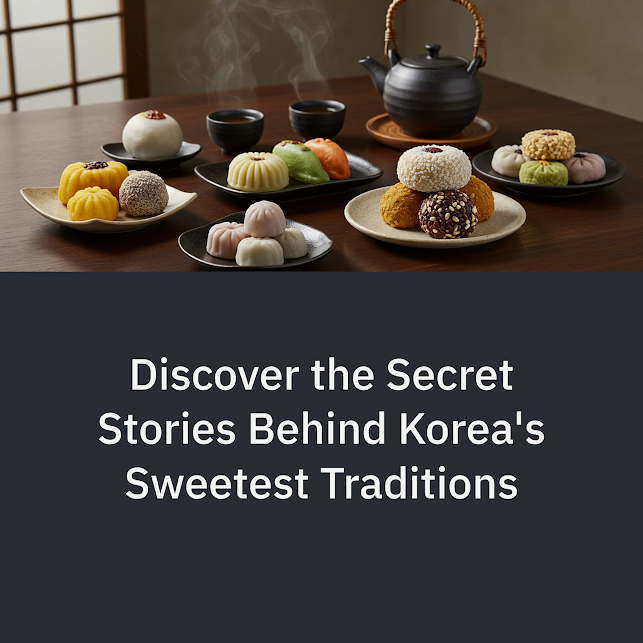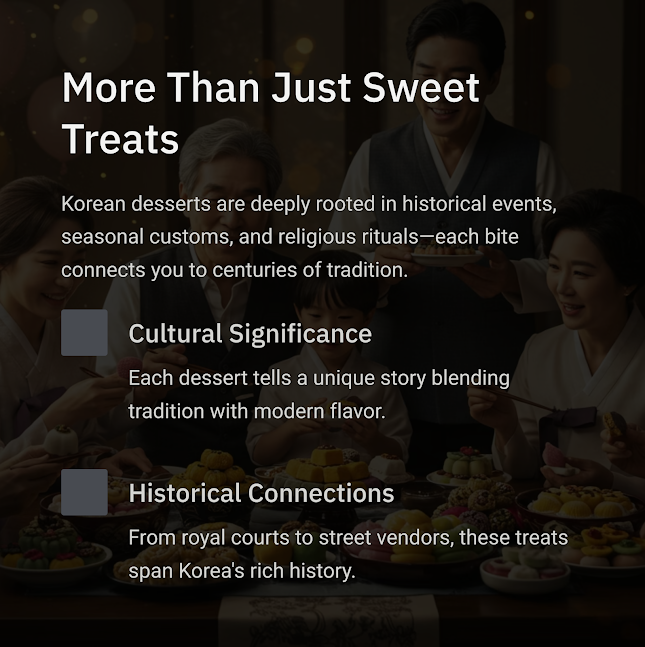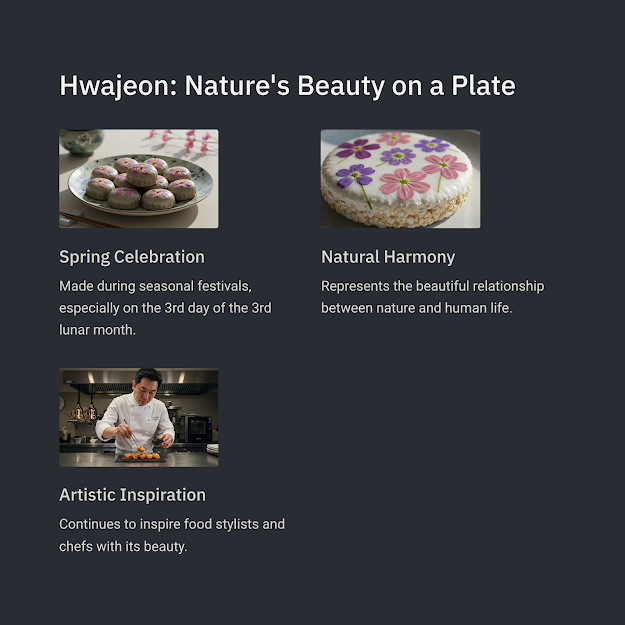Korean desserts are more than just sweet treats — they are deeply connected to the country’s history, culture, and everyday life.
From royal court confections to trendy café favorites, each dessert tells a unique story that blends tradition with modern flavor.
What makes Korean desserts so culturally significant?
Many Korean desserts have their roots in historical events, seasonal customs, or religious rituals.
Understanding their origin helps you appreciate not just the taste, but also the heritage behind every bite.
Tteok: The Rice Cake That Celebrates Life
Tteok is arguably the oldest and most symbolic Korean dessert.
Made with glutinous rice flour, it’s steamed, pounded, and shaped into dozens of varieties like baekseolgi, injeolmi, and songpyeon.
Traditionally served at birthdays, weddings, and New Year’s Day, tteok symbolizes purity, prosperity, and celebration.
Some versions were once reserved for royalty during the Joseon Dynasty.
Hotteok: A Street Snack with Global Influence
Hotteok, the sweet, syrup-filled pancake, is a winter favorite found on street corners across Korea.
But its origins trace back to Chinese merchants in the early 1900s who brought similar recipes to Korean ports.
Filled with brown sugar, cinnamon, and crushed peanuts, Hotteok became a uniquely Korean take on imported flavors, now loved by generations.
Patbingsu: From War Rations to Café Trend
Once a modest bowl of shaved ice and red beans during post-war Korea, patbingsu has evolved into a premium dessert phenomenon.
Modern versions include fruit, ice cream, cereal, mochi, and more.
Its humble origins remind many Koreans of childhood summers and economic recovery.
Today, it's an iconic item in upscale cafés and a seasonal must-have.
Yakgwa: The Honey Cookie from Buddhist Temples
Yakgwa, a deep-fried honey cookie, dates back over a thousand years and was originally made in Buddhist temples.
Its name means “medicinal confection,” reflecting the belief that honey and sesame oil had healing properties.
Once reserved for special occasions like weddings or memorials, yakgwa is now a common treat during holidays and ancestral rites.
Bungeoppang: A Fish-Shaped Treat with a Political Twist
Inspired by Japan’s taiyaki, bungeoppang is a red bean–filled pastry shaped like a fish.
It first gained popularity in Korea during the colonial period and post-war era as an affordable street snack.
Today, the dessert has sparked debates about the "left-fin" vs. "tail-first" eating method, becoming an amusing cultural symbol beyond its humble beginnings.
Hwajeon: Edible Flowers in a Pan
Hwajeon is a delicate rice pancake decorated with real edible flowers, traditionally made during spring festivals.
Used in ceremonial events like samjinnal (the 3rd day of the 3rd lunar month), it represents the harmony between nature and human life.
Though rarely seen outside traditional settings, its beauty and symbolism continue to inspire food stylists and chefs.









